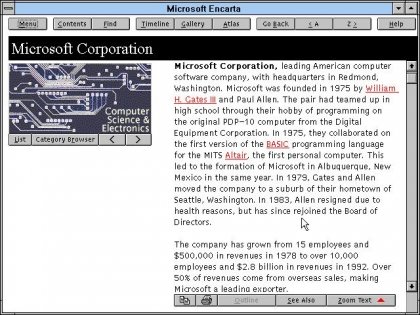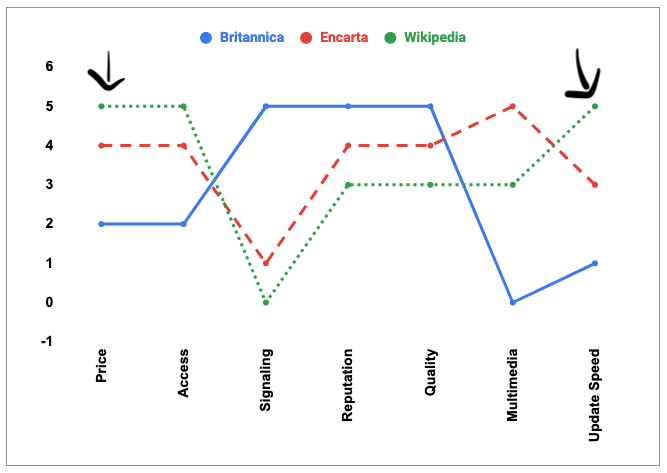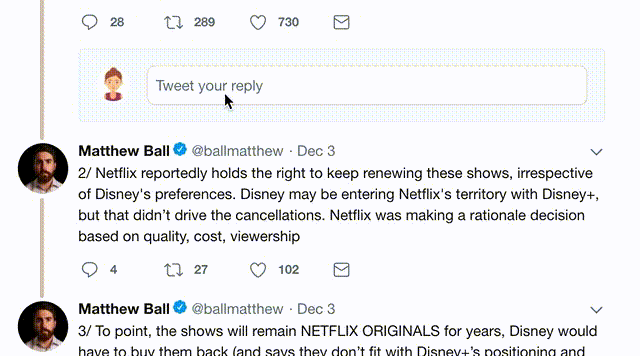(Thread ↓)
They built a door-to-door salesforce and found traction IMMEDIATELY. By 1990 they had 7,500 salesmen $600m in revenue.
① alleviating parents’ guilt around their children's education ② signaling "I care about my kids and have enough money to spend $2,000 on a set of books"
The in-house selling experience maximized both.
Microsoft tried to license Britannica but management refused. They were confident on their grip of the market.
• Price
• Accessibility
• Signaling
• Reputation of Content
• Quality of Content
• Multimedia
• Updating Speed
The accessibility, multimedia content and the ability to link articles attracted some customers but the response was meh.
The $99 Encarta was a smashing success: it quickly sold 350,000 units, making it the best-selling CD-ROM encyclopedia by the end of 1993. Its sales passed a million units the next year.
They developed an $800 CD-ROM but it was text only because the Britannica content was too large to fit on a single CD.
Meanwhile, Microsoft bundled Encarta with computers, positioning them as a "work and study" tool.
110,000 in 1990
↓↓↓
51,000 in 1994
↓↓↓
3,000 in 1996
By 1996, Encarta controlled 44% of the market and, facing financial pressure, Britannica was sold for $135m, a fraction of its book value.
In 2001, Wikipedia was launched. After a mention on Slashdot in July, the flywheel started spinning.
↱ More articles ↴
More writers More backlinks
⬑ More search traffic ↲
Feb: 1,000 articles.
Sept: 10,000 articles.
Dec: 20,000 articles.
Aug 2020: 40,000 articles.
Wikipedia attacked Encarta from an angle where Microsoft couldn't defend.
In 2009, Microsoft decided to shut down the Encarta division.






